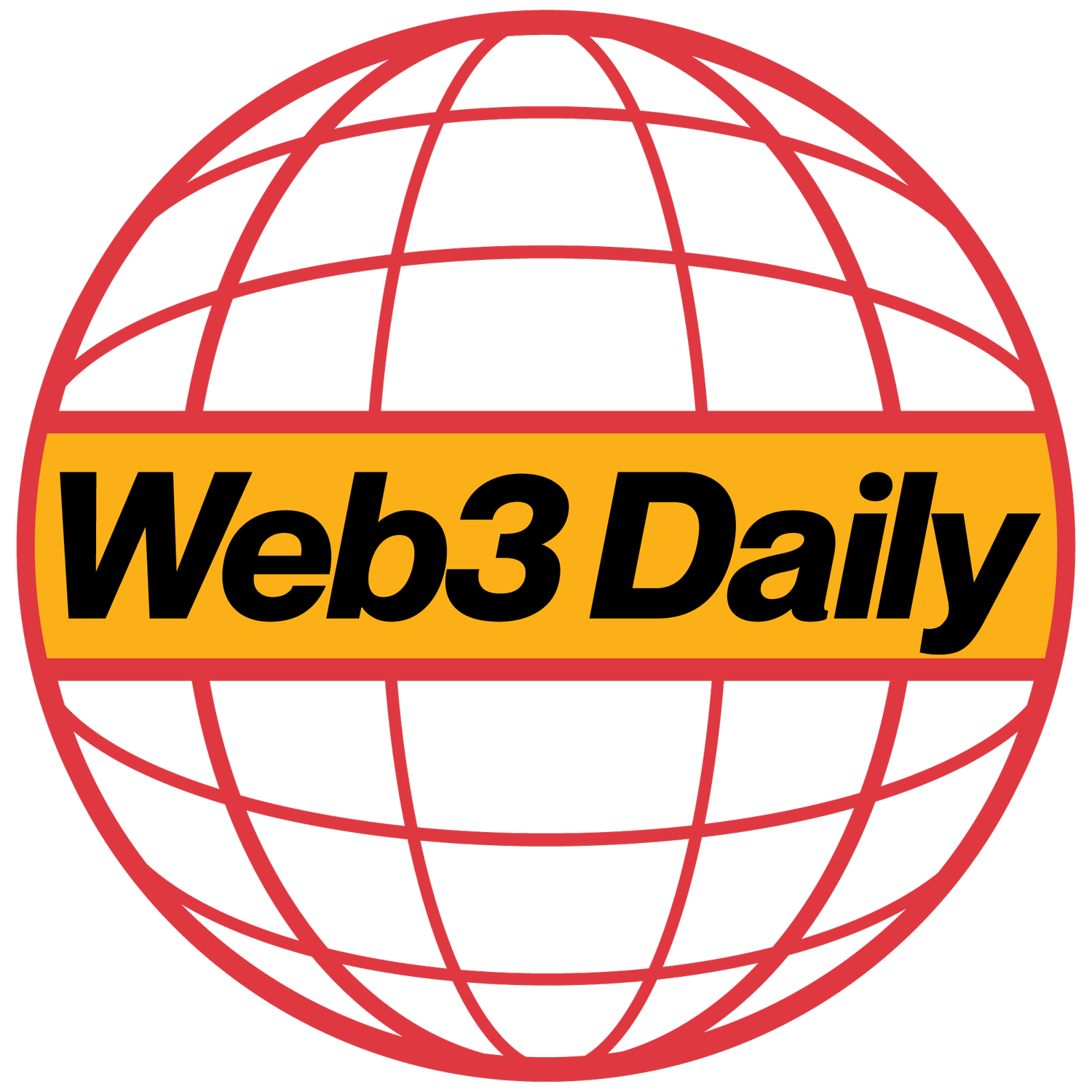Web3’s Facebook (How It Works, and Why It’s Better Than Zuck’s Version)
TL;DR
Primitives Protocol is working on creating a decentralized social graph on Solana which aim’s to rival that of Facebook, allowing users to own their data/followings.
Full Story
You know that spooky theory that our phones are listening to us and sending key parts of our conversations over to Facebook?
Good news: that ain’t actually happening.
Bad news: it’s way worse than that.
See, listening and transcribing a near constant flow of audio is actually pretty inefficient way of tracking a database of 3 billion daily users…
What platforms like Facebook do is track your every digital move and compile it into a spreadsheet, known as a ‘social graph.’
This means every post you like, website you visit, friend you talk to, comment you leave, photo you post, video you watch, inbox you slide in to…
It’s all recorded and compiled into your social graph.
So what actually happens when the following boxes are ticked?
A friend tells you (IRL) about a product they’ve just bought
Though you’ve never heard of it, you start seeing ads for it everywhere
Well, instead of your phone mic recording you…
Facebook might have tracked your phone’s GPS and noted that you’ve been within (say) a 6ft radius of another person for ~2+ hrs, which indicates you could well be friends.
Facebook then confirms your connection against a range of other data (do you follow each other on FB/IG/Threads? Do you talk via DMs consistently? Are you tagged in each others photos?)
If a close connection is confirmed, it starts sending you products which that person has recently purchased, assuming that you might like them too…
Cool…what the heck does this have to do with web3??
WELL! There’s a new web3 platform called ‘Primitives Protocol’ that’s working on creating a decentralized social graph that aims to rival Facebook.
That means:
Users own their social graphs (not tech giants)
All of your content, followings, likes, comments, etc. can come with you between platforms.
(E.g. if you have a following on a Primitive Protocol based social platform, you have that following across all Primitive Protocol platforms)
If you build a platform on top of Primitive Protocol — everyone with an existing account on the network can port their followings/content to your new platform in a single click — that’s a smooth user experience!
Ok, ok, that’s nice. But this has all been attempted before.
See: BitClout (created by the DeSo team), Lens, and/or Warpcaster (the current market leader).
What’s the difference here?
Primitives Protocol is being built on Solana — the dirt cheap layer 1 with high throughput (i.e can process data really fast).
Here’s how Primitives stacks up against the architecture of current decentralized social offerings…
First, the glass half full argument:
Most decentralized social platforms are built on Ethereum layer 2 protocols (e.g. Lens on Polygon, Warpcaster on Optimism).
Which are cheap — but not dirt cheap, and have way lower throughput compared to Solana (for now), which makes them less scalable (for now).
Layer 2’s are somewhat siloed (and in polite competition with each other). Which means any collectible NFTs and/or tokens you collect on Lens, aren’t immediately transferrable to Warpcaster.
(They need to be ‘bridged’ across chains, which brings complexity and costs — doable! But clunky…)
And because these the layer 2 protocols (Polygon and Optimism) are in polite competition, they aren’t immediately incentivized to play nice with each other (why make it easier for your users to leave?).
Second, the glass half empty argument:
The Solana network crumbles under the weight of its concurrent users pretty consistently — going down once or twice a year, while also failing to complete transactions in general day-to-day operation.
That’s happening now, with Solana’s ~1.5M daily active users (DAUs). Primitives wants to compete, when Facebook has 3B DAUs.
The Solana network is home to many decentralized data storage solutions…but again — competing with Facebook is a tall order:
Meta produces and stores 4 petabytes (4,000 terabytes) of data every. single. day.
Facebook covers those costs by selling user data. Who foots the bill when that’s not an option? Users probably.
And “how about you start paying for something you’re used to getting for free?” ain’t the best sales pitch…
Ok, let’s put a bow on this thing…
Is the Primitive Protocol platform a long shot?
Yes, it absolutely is.
Do we need decentralized social platforms?
No.
Do we want decentralized social platforms?
Yes, giving users ownership over their own data, and allowing developers to build permissionlessly on established networks will be a net-good for society.
Fin.





